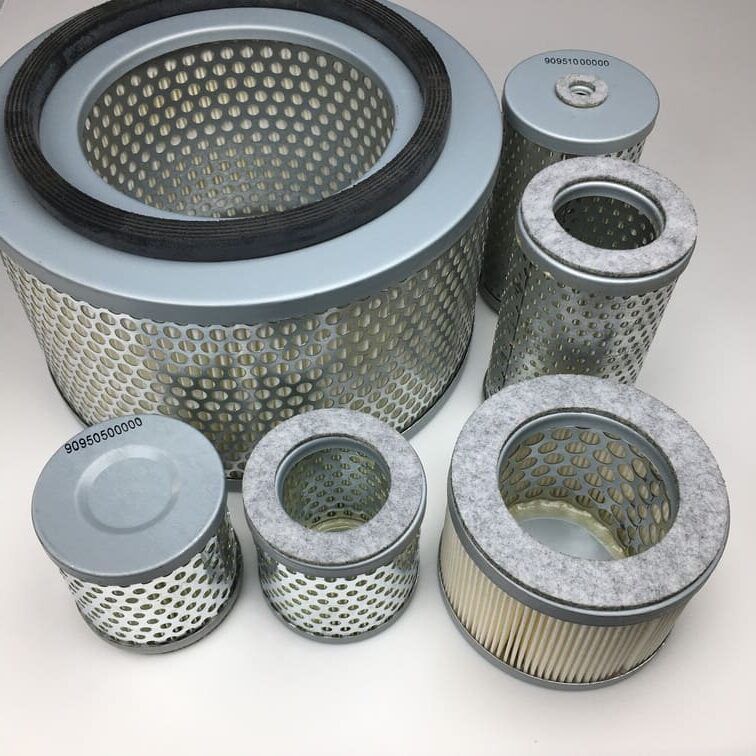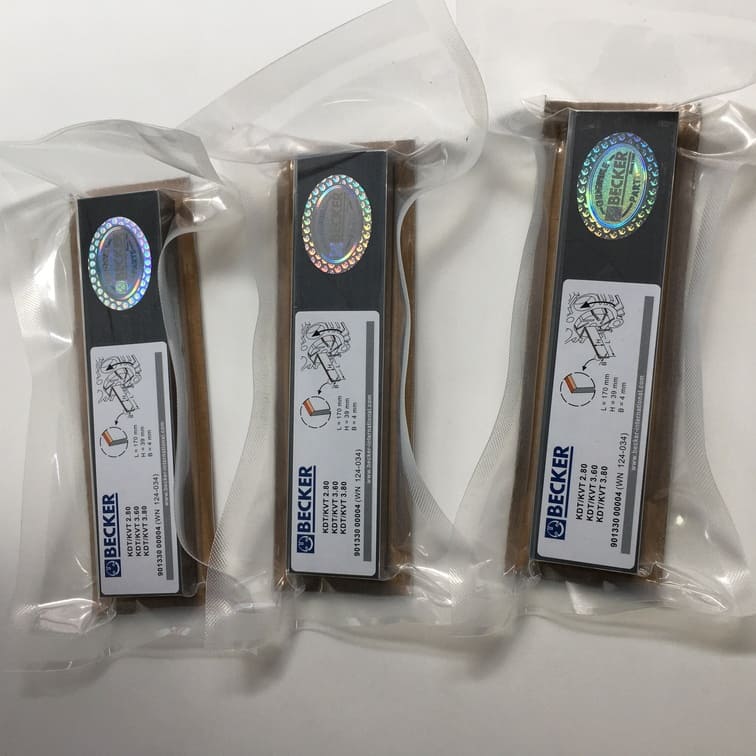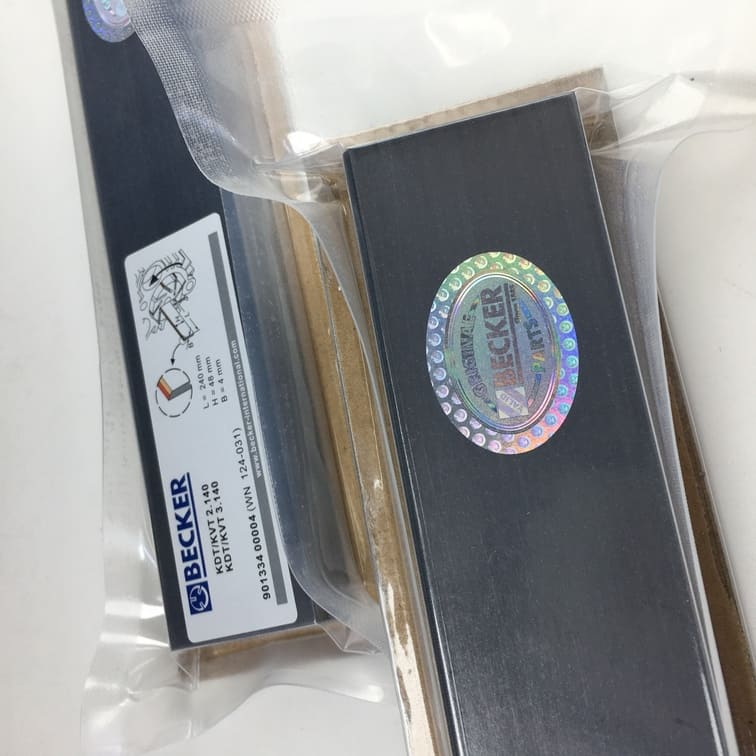How to Use Vacuum to Pump Up Water
When it comes to moving water efficiently, a vacuum pump can be a practical solution. Whether you’re emptying a flooded basement, pumping water out of a pool, or transferring liquids for a project, using a vacuum pump provides an effective, low-energy solution for water movement. In this article, we’ll explore how to use a vacuum to pump up water and everything you need to know to make the process straightforward and safe.
Understanding the Basics of Using a Vacuum to Pump Water
What is a Vacuum Pump?
A vacuum pump is a device that removes air or gas molecules from a sealed chamber to create a partial vacuum. By creating this vacuum, you can generate a pressure difference that allows water to be pulled up through hoses or pipes. Essentially, the pump creates negative pressure that pulls water into the system.
In applications involving water, vacuum pumps are used for:
- Pumping out flooded areas
- Emptying tanks and pools
- Water transfer for industrial or agricultural purposes
To use a vacuum pump to pump up water, it’s essential to understand the components involved, how they work together, and what factors contribute to successful water movement.
Key Components for Vacuum Water Pumping
To effectively use a vacuum for pumping water, you will need several key components:
- Vacuum Pump: This is the primary tool used to create the vacuum.
- Hose or Piping: A hose connects the pump to the water source. A wet nozzle is often added to facilitate water intake.
- Foam Sleeve or Filter: Helps to prevent debris from entering the pump.
- Water Container or Destination: Where the pumped water is being moved to.
Here’s a simple table of key components and their functions:
| Component | Function |
|---|---|
| Vacuum Pump | Creates negative pressure to pull water |
| Hose/Piping | Transfers water to the desired location |
| Foam Sleeve | Filters debris and prevents pump damage |
| Wet Nozzle | Facilitates efficient water intake |
When these components are set up correctly, the vacuum pump works seamlessly to pull water from the source and transfer it to the target destination.
Steps to Set Up and Use a Vacuum Pump for Water
Step 1: Assemble the Equipment
The first step in using a vacuum pump for water pumping is to assemble all the necessary equipment. This includes the shop vac or vacuum pump, hoses, wet nozzle, and any adapters required to fit the system together.
- Shop Vac or Vacuum Pump: Decide whether you’re using a standard shop vac for smaller jobs or a dedicated vacuum pump for larger applications.
- Hose Selection: Ensure that the hose you use is of the correct diameter to fit both the vacuum pump and the water source. The hose should also be long enough to reach from the pump to the water and the water’s destination.
- Filter or Foam Sleeve: Attach a foam sleeve to the pump to prevent solid debris from damaging the equipment. This is particularly important if you’re pumping water that contains dirt or other particles.
Step 2: Connect the Hose and Nozzle
Attach the hose to the inlet of the vacuum pump. Secure the connection to avoid any air leaks that could reduce efficiency. If you’re using a wet nozzle, fix it to the end of the hose that will be submerged in the water. The wet nozzle helps in efficient suction and prevents blockages.
- Use GFCI Outlet: Always plug the vacuum pump into a GFCI outlet (Ground Fault Circuit Interrupter). This ensures safety in wet environments, reducing the risk of electrical shock.
- Check Seals: Make sure all connections are tightly sealed to maintain proper suction. Loose connections can cause air leaks, making the pump less effective.
Step 3: Submerge the Hose and Start Pumping
Submerge the hose’s end into the water source. Make sure it is fully submerged to avoid air getting sucked in, which can decrease pumping efficiency.
- Turn On the Pump: Power on the vacuum pump and allow it to build up the required vacuum. As the vacuum pressure builds, water will start moving through the hose into the pump.
- Monitor the Process: Keep an eye on the water level and the pump. Make sure that the pump is not running dry, as this can damage the vacuum pump.
Step 4: Direct Water to the Desired Location
The water that is being pumped will need a designated place to go. Whether it’s another container, a drain, or away from a flooded area, make sure the outlet end of the hose is securely positioned.
- Water Outlet Position: Secure the outlet end of the hose to prevent it from moving during pumping. This ensures the water flows exactly where you intend it.
- Pumping Intervals: For larger volumes of water, consider using pumping intervals to avoid overheating the pump, particularly if you’re using a shop vac that isn’t designed for continuous operation.
Safety Considerations for Pumping Water with a Vacuum
Avoid Overheating the Pump
Overheating can be a major concern, especially if the pump runs continuously for an extended period. To avoid overheating:
- Pump in Intervals: Allow the pump to rest after every 10-15 minutes of continuous operation.
- Monitor Temperature: Feel the exterior of the pump periodically. If it feels too hot to the touch, shut it down and let it cool before continuing.
Electrical Safety
Since water and electricity are a dangerous combination, electrical safety is paramount:
- Use GFCI Outlets: Always plug the vacuum pump into a GFCI outlet to prevent electrical shock.
- Keep Connections Dry: Ensure that any electrical connections are kept dry and away from water splashes.
Preventing Water Backflow
Water backflow can cause damage to your pump. Here’s how to avoid it:
- Non-Return Valve: Install a non-return valve in the hose to prevent water from flowing back into the pump if it stops working.
- Elevate the Pump: Keep the vacuum pump above the water level to reduce the chance of backflow.
Types of Vacuum Pumps for Pumping Water
Shop Vacs as Water Pumps
One of the most accessible ways to pump water using a vacuum is by using a shop vac. Many shop vacuums come equipped with a wet/dry feature that allows them to handle water in addition to dust and debris.
Benefits of Using a Shop Vac:
- Availability: Shop vacs are readily available and easy to use.
- Dual Functionality: They can handle wet messes and dry vacuuming, making them versatile for home use.
Limitations:
- Capacity: Shop vacs are limited by their tank capacity, which means you may need to stop frequently to empty the tank if you’re moving large volumes of water.
- Continuous Use: They are not built for continuous use like a dedicated vacuum pump, and overheating can become an issue if used improperly.
Dedicated Water Vacuum Pumps
A dedicated vacuum water pump is ideal for larger jobs where significant volumes of water need to be moved. These pumps are built for continuous operation, have larger capacities, and can be more efficient in large-scale applications.
Benefits:
- High Efficiency: Designed specifically for pumping liquids, making them faster and more effective.
- Durable: Can handle longer running times without overheating.
Considerations:
- Cost: Dedicated pumps tend to be more expensive than shop vacs but provide greater reliability for industrial and heavy-duty applications.
Submersible Vacuum Pumps
For applications that require the pump to be submerged, submersible vacuum pumps are the preferred choice. These pumps are ideal for situations like pumping out flooded areas or dewatering construction sites.
Benefits:
- Direct Submersion: Placed directly into the water source, making setup simple.
- Continuous Use: Designed to operate underwater for extended periods.
Best Practices for Efficient Water Pumping with a Vacuum
Use the Right Hose
Selecting the appropriate hose can greatly affect the efficiency of your pumping operation. A hose with a smaller diameter will have more resistance, reducing the amount of water that can be moved.
- Diameter Matters: Choose a hose with a sufficient diameter to allow an optimal flow rate without putting excessive load on the pump.
- Material: Use a sturdy, flexible hose that won’t collapse under vacuum pressure.
Position the Pump Properly
The positioning of the vacuum pump is crucial for efficient water movement:
- Keep the Pump Elevated: If possible, keep the vacuum pump above the water level to help avoid backflow and ensure that the pump does not come into contact with water.
- Minimize Hose Length: The shorter the hose, the more efficient the pumping. Longer hoses create more friction, which can reduce the efficiency of the system.
Maintain the Equipment
Regular maintenance is key to ensuring that your vacuum pump operates efficiently and reliably:
- Clean the Filter: If your vacuum pump has a foam sleeve or other filter, clean it regularly to prevent clogs.
- Inspect for Leaks: Check the hose and pump for any leaks that could reduce efficiency or cause damage to the equipment.
FAQs
1. Can I use a regular vacuum cleaner to pump water?
No, regular household vacuum cleaners are not designed to handle liquids. Using one for water can lead to electrical shock and permanent damage to the appliance. Always use a wet/dry vacuum or a specialized vacuum pump for water applications.
2. How do I prevent my vacuum pump from overheating?
To prevent overheating, operate the pump in intervals, allow time for cooling, and ensure proper ventilation around the pump. Using a GFCI outlet can also enhance safety during operation.
3. What size hose should I use for vacuum water pumping?
The ideal hose size will depend on the pump’s power and the volume of water being moved. Generally, larger diameter hoses reduce resistance and improve flow rate.
4. Can I use a shop vac to empty my swimming pool?
Yes, you can use a shop vac, but it is only recommended for small volumes or for removing water left after the primary drainage. For larger pools, a dedicated water pump is more efficient.
5. What is a GFCI outlet, and why is it important?
A GFCI outlet (Ground Fault Circuit Interrupter) is a safety device that cuts off power if it detects a ground fault. This is crucial when working in wet environments to prevent electrical shock.
Conclusion
Using a vacuum to pump up water can be highly effective when the right equipment and methods are employed. By selecting the appropriate type of vacuum pump, ensuring all connections are tightly sealed, and following safety precautions like using a GFCI outlet, you can efficiently manage tasks such as emptying flooded areas, transferring water, or setting up a DIY irrigation system. Regular maintenance, proper equipment positioning, and using high-quality components like those found in our Vacuum Pump Spare Parts will enhance the longevity and efficiency of your vacuum pumping setup.




